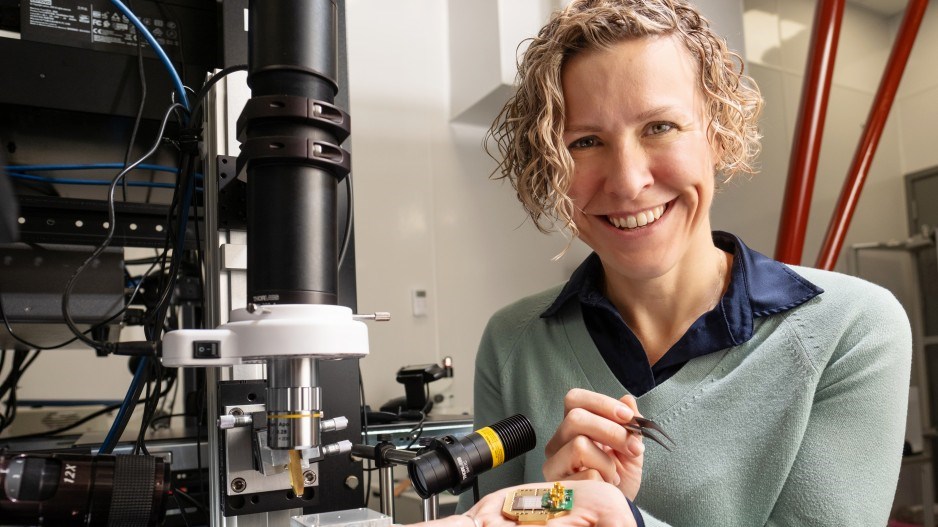Photonic Inc., a B.C. quantum computing company, has raised US$100 million ($138 million) from a consortium of corporate and government investors, including Microsoft (Nasdaq:MSFT).
As part of today's funding announcement, Microsoft also announced a collaboration agreement with Photonic.
Investors in the latest funding round include the British Columbia Investment Management Corp., Microsoft, the U.K. government’s National Strategic Investment Fund, Inovia Capital and Amadeus Capital Partners. Today's funding announcement brings the the company's total raise to date to $193 million.
As part of Microsoft’s contribution, the company has also entered a collaboration deal with Photonic.
“Our shared mission is to unlock the next stages in quantum networking and empower the quantum computing ecosystem with new capabilities enabled by our unique and complementary approaches to scalable quantum infrastructure,” said Dennis Tom, general manager of Microsoft’s Azure Quantum.
Photonic was founded by Stephanie Simmons, who in addition to being Photonic’s Chief Quantum Officer, is an associate professor at Simon Fraser University’s Department of Physics, and co-chairperson of Canada’s National Quantum Strategy Advisory Board.
Photonic’s CEO, Paul Terry, is a serial entrepreneur, having been a co-founding senior executive for a number of B.C. high tech companies, including co-founder and former CEO of PHEMI, CTO of Cray Supercomputing, and CTO of Abatis, which was eventually acquired by Ericsson (Nasdaq:ERIC).
“Our strategic collaboration with Microsoft will enable us together to accelerate the pursuit of quantum at scale,” Simmons said. “Microsoft is the perfect partner for Photonic, enabling us to tap into global infrastructure, proven platforms, and the tremendous scale of Microsoft Azure.”
Photonic specializes in spin-photon interfaces in silicon, silicon integrated photonics, and quantum optics. It is building what it calls the world's "first scalable, fault-tolerant, and unified quantum computing and networking platforms."
"We’re moving to large-scale, accessible quantum computers networked together to provide access to quantum services that will enable companies and governments to suddenly tackle problems that are, right now, beyond our capabilities because of the inescapable constraints of classical computing," Terry said.



